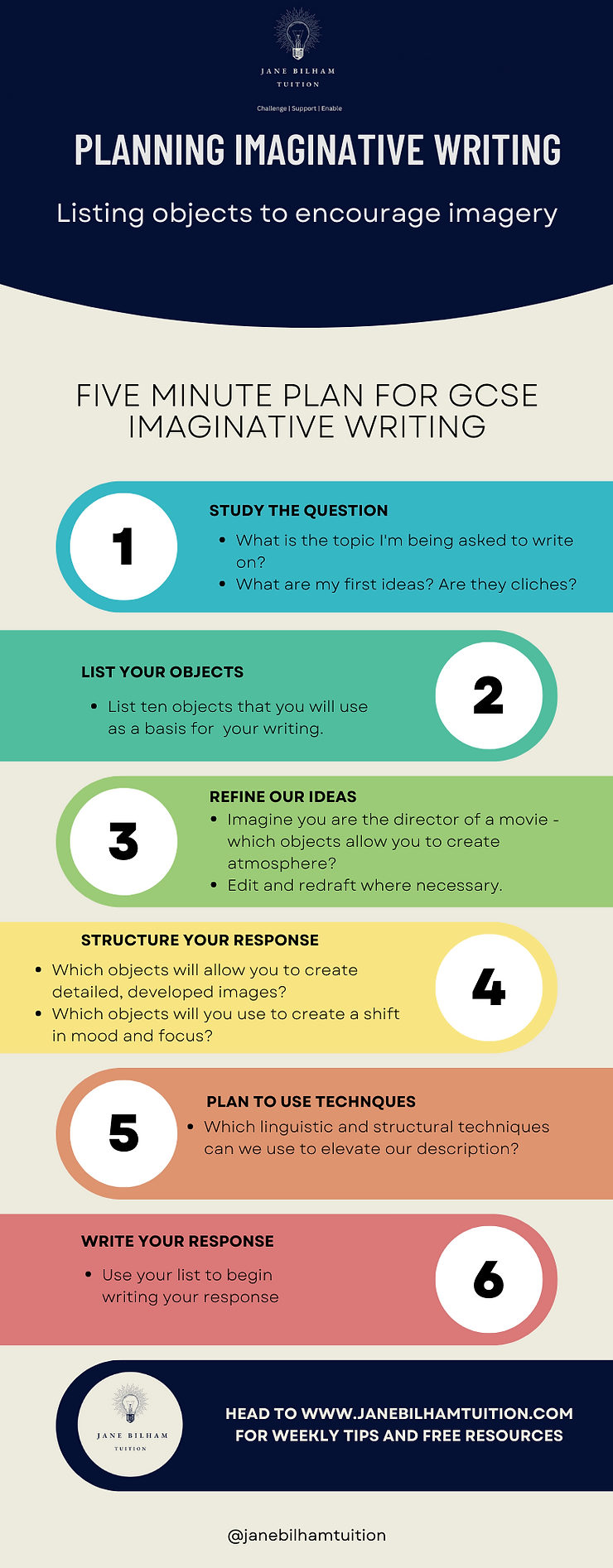The Problem with Planning
This week, I’ve met a new intake of GCSE students – to ease them in and build confidence, we’ve been focusing on imaginative writing skills. With most exam boards attaching nearly 50% of total marks to the section B writing tasks, grades can be won and lost on this one task.
Where to start?
As Julie Andrews once sang: “Let’s start at the very beginning, it’s a very good place to start…” For me, that means starting with a decent plan.
Over time, I’ve tried bullet points, mind maps, formal structures – you name it – but I’ve never felt convinced I’ve found a strategy that completely tames the tricky beast that is ‘planning.’ For years, I’ve preached the importance of a plan, instilling the old adage if you fail to plan, you plan to fail and any other cliché you could name, only to be met with blank stares.
And who can blame them? Students are forced to sit in an exam hall, placed under immense pressure and given 45 minutes to ‘Be Creative’ whilst only being given a narrow selection of questions and strict assessment criteria to meet. (That’s a blog post for another time…)
The reality is that often students are overwhelmed. They go blank. They lack the confidence to commit their ideas to paper. They don’t know how to plan. I completely empathise – when I sat down to write this blog, I felt the same.
Obviously, there are a million ways to plan and each student will (hopefully) find a way that suits their learning style, their brains and their ability to work under pressure.
This week, I stumbled upon a strategy of planning that has been a real epiphany for many of my students across the ability range. It allows a clear focus and encourages development of imagery, encouraging the detailed description that is essential to developing a more sophisticated approach to writing.
Focusing on objects
This technique encourages a focus on ten objects that can be linked and sequenced to produce a developed response. By abandoning more traditional methods that encourage students to plan a beginning, middle and ending structure or a contrived “story mountain” approach, students this week have abandoned clichés, simplistic, brief descriptions and dialogue (ugh!) to drive their responses.
Simplifying a plan to ten objects that allow for detailed description, has undoubtedly removed barriers for students. Name ten objects? “Yeah, I can do that.” Said the usually hesitant student.
They did.
Then they were able to link their objects together to produce a sequence.
All in the space of five minutes.

Who doesn’t want their students to be more confident?
Planning in this way has provided an accessible entrance point into the task – students are visibly more confident and willing to commit pen to paper.
Consequently, the writing they’ve produced has been of the highest quality I’ve seen from them yet. They’ve been able to focus on particular objects, seeing themselves as directors of a movie and making conscious decisions about which objects they will linger on, which will offer a shift in focus for a split second to build atmosphere and are considering how they want their reader to feel.
The sea of blank stares has been replaced by an ocean of bowed heads as they scribble their ideas furiously and confidently on the page. This is the start of their crafting for impact journey and they don’t even know it.
You can access various free and paid resources to further guide your revision here.
